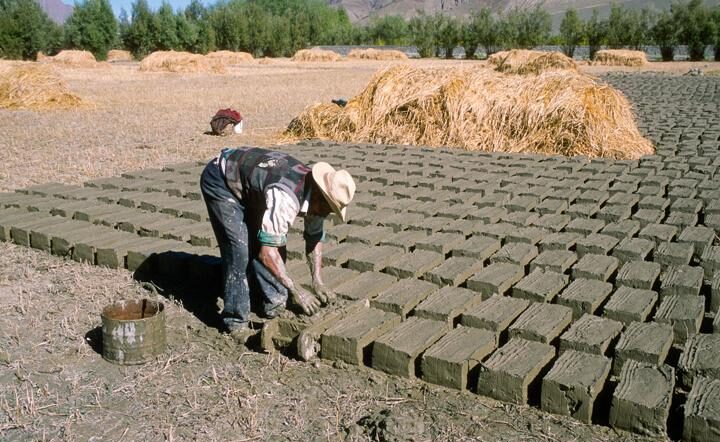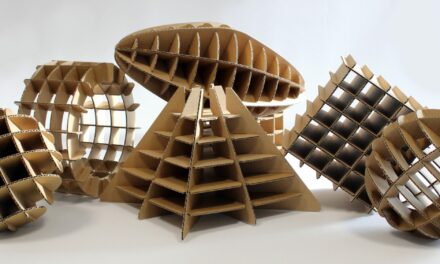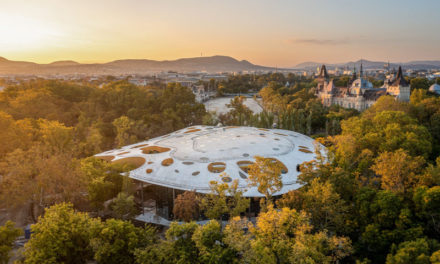At a conference in England, I was surprised to find that a construction technique known, used and loved in our country for centuries was mentioned as a new treasure. I immediately realized again how incredibly rich we live in the Carpathian Basin - and I definitely don't mean material aspects.
In England, I once attended a conference on the so-called "cradle to cradle" principle, which models circular processes. The essence of the principle is that a product is made in such a way and from raw materials that, after use, can be recycled and processed to get back to the original raw materials, i.e. the cycle can be restarted without waste. A typical example of this is the "repo glass" popular at festivals in recent years, which - at least according to the marketing texts - can be turned into a glass again after cleaning and reprocessing, i.e. the life cycle of the product is not linear, but circular and repeatable. One of the local lecturers of the conference introduced modern architectural technology that perfectly corresponds to the above principle within the framework of the program, and a study tour was later connected to the lecture.
As a participant blessed with architect ancestors and relatives, I eagerly awaited the opportunity, which did not dampen my spirits even when, according to the speaker, it was an extremely expensive technique that could only be financed by a few: adobe.
At the first moment, I thought I had lost the room and got involved in another performance, but soon
it turned out that innovative, environmentally friendly technology in all respects really means adobe architecture.
During the several-hour presentation, they presented a – otherwise beautifully and elegantly decorated – country mansion, which was built exclusively from adobe bricks and other environmentally friendly building elements. I could see graphs that showed the building's favorable moisture and heat balance, it was about the electrosmog stuck outside and the health-friendly atmosphere of the interior spaces. I just sat there, and like so many times before, I felt that something had passed us by. After the presentation, I asked to speak and cordially invited those present to Hungary, where
whole villages are filled with adobe houses, which in England can only be the treasure of exceptionally rich people.
Here in the Carpathian homeland, we live in such incredible wealth that is unimaginable for many other peoples of the Earth - and I definitely do not mean material aspects. The kind of organicity that has surrounded us for thousands of years has defined every little detail of life, from clothing to household items to architecture. Before the global market economy, there was of course no question that everyone used what surrounded their own living space, so houses were also built from locally available building materials.
It was instructive when I subsequently created a room in my own home, and at the same time created a tiny water block in the hundred-year-old adobe house in our herb and fruit farm. While during the construction of the new room I only filled several bins with the packaging of the construction materials, I simply wheelbarrowed the rest of the wall of the old adobe house, which was opened in one section, into the basement side. I have no illusions: if the small room built in our apartment building is demolished in a hundred years, the dismantled materials will have to be treated as waste.
The burnt earthen bricks are still there, but the insulating materials and coverings of this kind would linger in the basement side for a long time, while the clay bricks will be overgrown by grass in just a few years, so they will quickly sink into the ground.
It was a similar feeling when we renovated the roof of our family's farmhouse in Szigetköz this year, and only raw materials that were produced in the area were found from the demolished old building elements. The joints of the beams were filled with reeds and chaff, the slab was insulated with mud, and the roof was covered with wooden shingles.
The presentation of the conference in England still resonates with me years later, and I try to notice the treasures that are otherwise considered to be worthless due to habit. Sometimes it's good to remind ourselves that
even though something is old, it is not certain that it should be thrown in the trash, but we must always remain open to new knowledge.
As the motto of the recently organized fruit gala evening sounded: "The old is the new!".
I was very happy when I came across bagged adobe plaster at the nearby building material yard that also met standards.
Dr. Ákos Pottyondy, environmental and landscape management agricultural engineer
Featured image: agrarforum.hu












